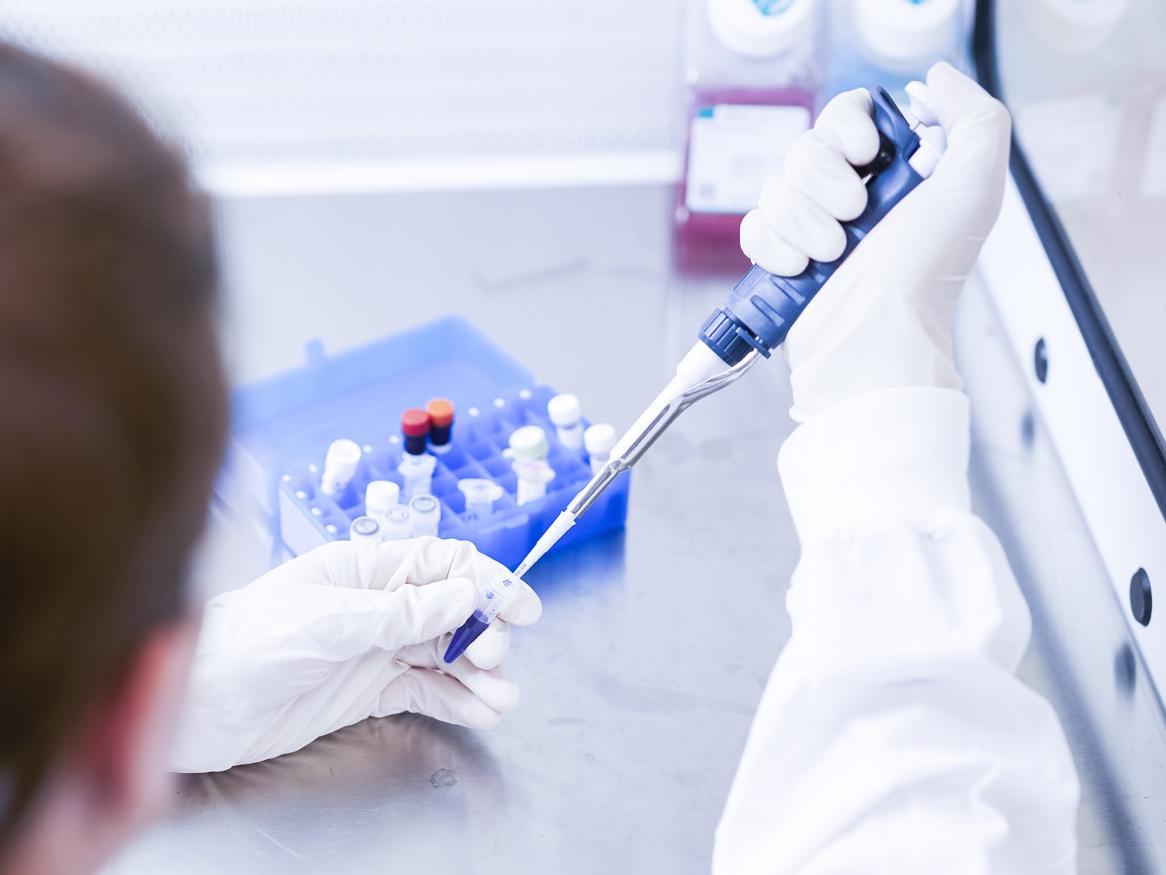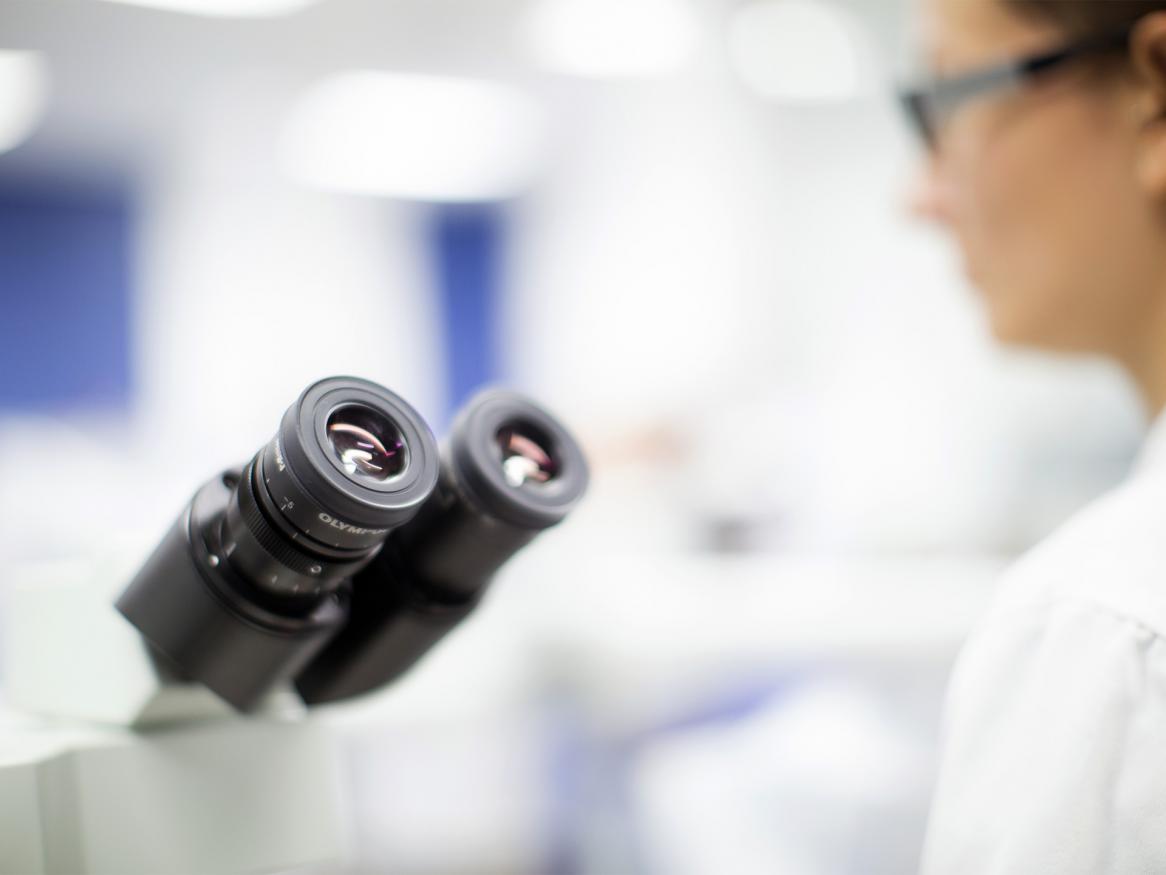Home
**Please note this website is currently undergoing restructure**
Scientists at the Australian Centre for Antimicrobial Resistance Ecology (ACARE) are leaders in antibiotic research and the development of new treatments and control strategies for infections in both humans and animals.
Fighting the war against antimicrobial resistance
Antimicrobial resistance (AMR) is a global One Health issue of growing importance. The Australian Centre for Antimicrobial Resistance Ecology is unique in conducting research to both mitigate resistance to existing antimicrobials in humans, animals, agrifood, and the environment whilst also developing the novel preventatives and therapeutics of the future.
ACARE's mission is to conduct research that contributes to reducing the impact of AMR in humans, animals, plants, and the environment, whilst simultaneously investing in novel preventatives (e.g. vaccines) and therapeutics (e.g. new drug development and bacteriophage therapy) to mitigate AMR on a global level.
We take our inspiration from University of Adelaide graduate and Nobel Laureate Baron Howard Florey "who always emphasised the serendipitous nature of his research and pointed out that the development of penicillin was a team effort."
https://history.cass.anu.edu.au/centres/ncb/life-sentences-howard-florey
What is antimicrobial resistance?
Antimicrobial resistance occurs when microorganisms such as bacteria, fungi and parasites change over time and no longer respond to the effects of antimicrobial drugs (e.g. antibiotics, antifungals, antiparasitic drugs) that are used to treat them.
A threat to human, animal and plant health
The World Health Organization (WHO) describes AMR as “one of the greatest threats to human health today”. In Australia, health care-associated AMR infections affect >170,000 people annually, resulting in >7500 deaths. AMR is considered a growing and silent pandemic; if left unchecked, AMR could erase up to $283 billion from the Australian economy by 2050. AMR also threatens animal and plant health and production, as well as animal welfare, with significant risks of AMR transfer occurring through the food chain and environment without adequate control.



